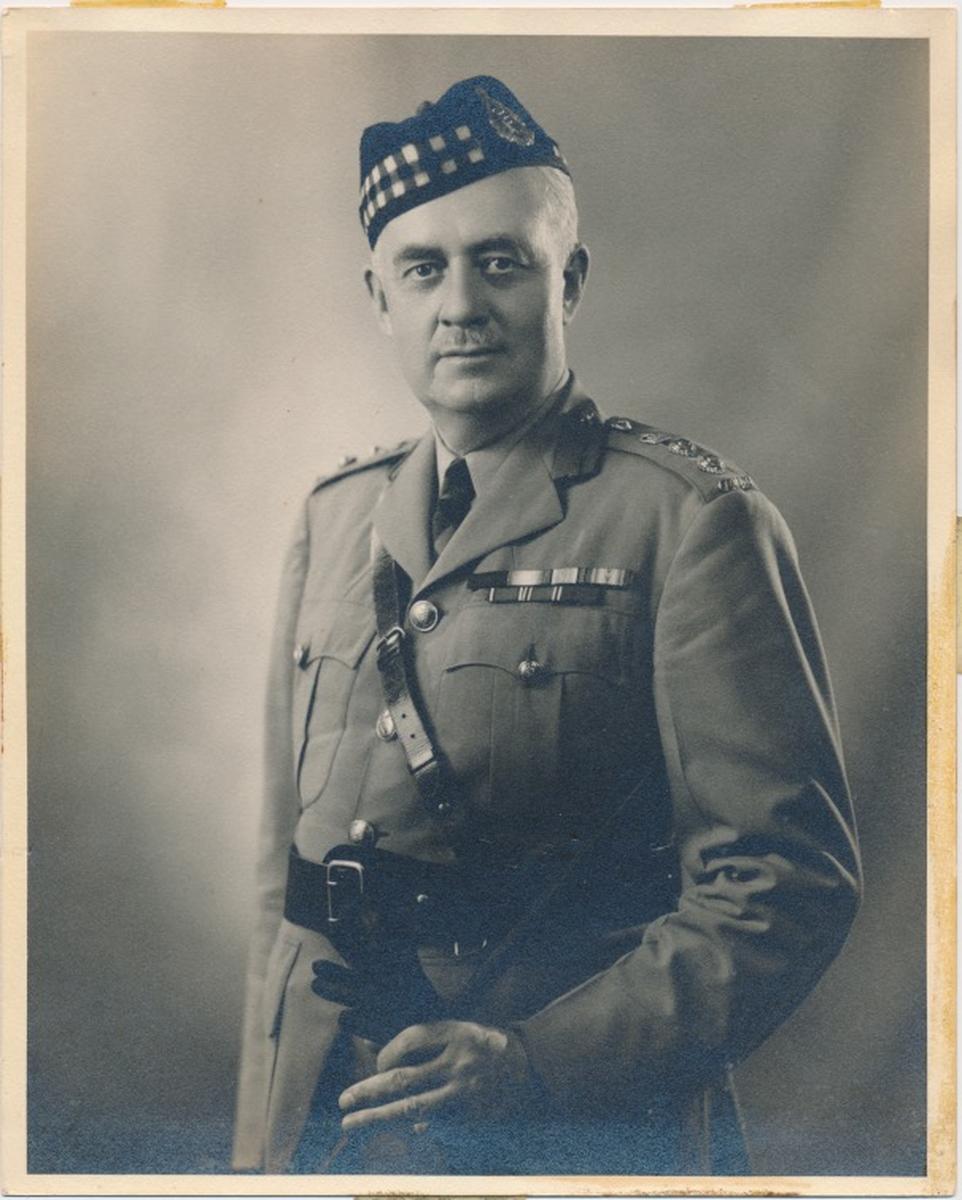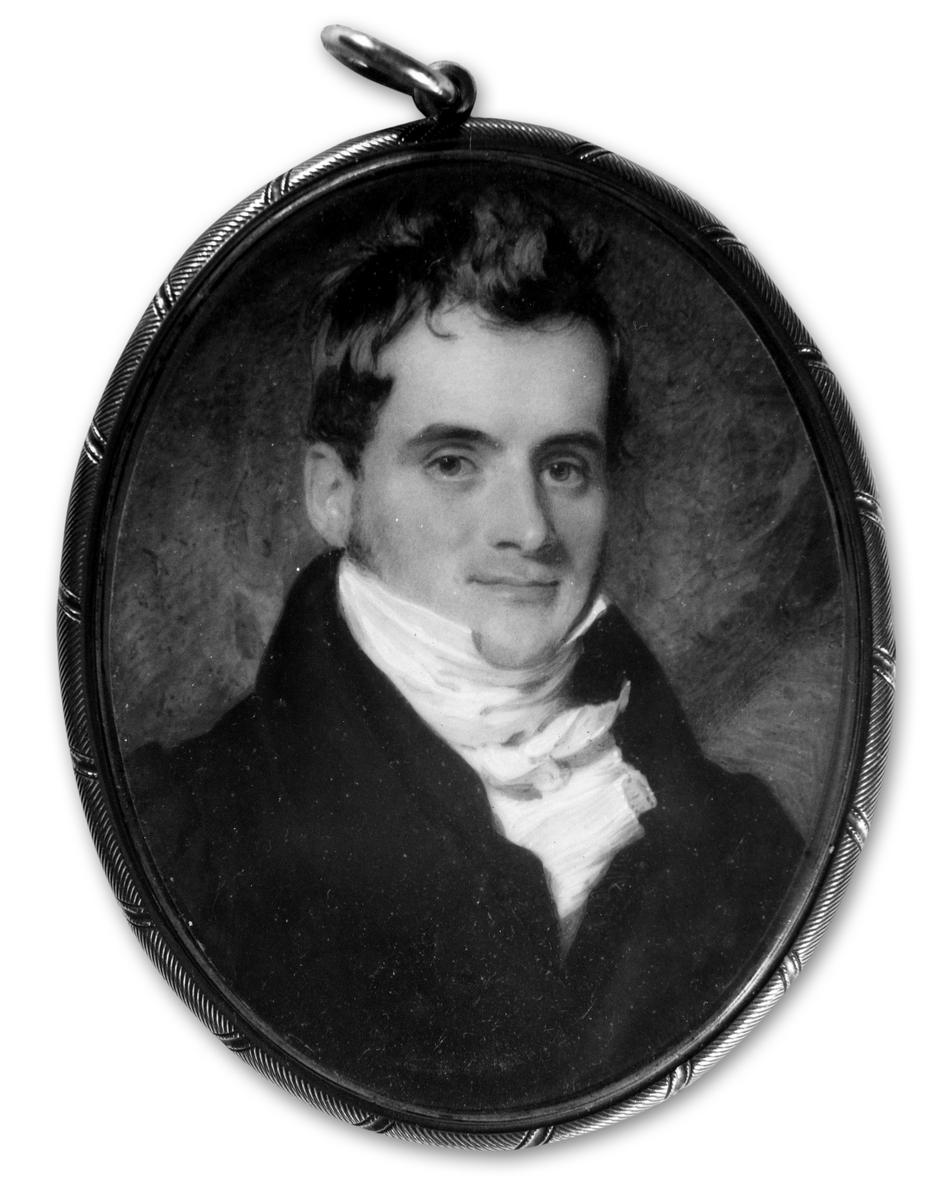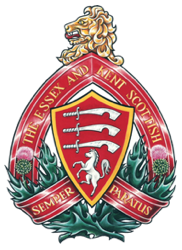The Prince Family and the Regiment

A portrait of Alan Prince in dress uniform.
Born in England in 1797, John Prince emigrated to Canada in 1833 after his father was put in debtor’s prison. Prince was a magistrate by trade, but he was involved in many enterprises. For example, he was a member of the Upper Canada parliament and President of the Niagara and Detroit Rivers Rail Road Company. Major John Prince took charge of the volunteers of Sandwich in the early stages of the Patriot War when insurgents tried to liberate the colony from British rule. He played a significant role in early 1838 at the Battles of Amherstburg, Fighting Island and Pelee Island. Prince was responsible for arresting Patriot leader “Brigadier-General” Edward Theller when he attempted to cross Lake St. Clair in the middle of the night after the Battle of Pelee Island. He also assisted in the capture of “Brigadier-General” Thomas Jefferson Sutherland. His strongly held stance on the Patriot rebels was that they were “freebooters and pirates.” When Theller was captured after the Battle of Amherstburg, Prince greeted him with a kick in the ribs and a proclamation that he was a “damned piratical scoundrel.”
Lieutenant-Colonel, later Colonel, John Prince was the Commanding Officer of the 3rd Regiment of Essex Militia in December 1938 during the Battle of Windsor. When five Patriots were captured, Prince ordered that the prisoners be executed without trial. He told his men to “just shoot him” in one case, and in another he told the Patriot to run for his life while twelve muskets were aimed at his back. When Indigenous warriors, who had participated in the battle on the side of the British, brought seven more Patriots that they had caught trying to escape, Prince demanded that they be executed as well. He was persuaded to spare the men, but his opinion on what punishment the rebels deserved did not change.
Prince was a popular figure in the Western District, and as such his stance on the issue was supported by many locally. The people of the Western District were struggling with food shortages and an economic downturn, and the threat of American invasion only added to their fear and anxiety. Many of the locals and the militia volunteers were not sufficiently armed to protect themselves. Other military officers, such as Colonel William Elliott of the 2nd Essex, agreed with Prince. Elliott stated that the Patriots deserved death for their actions and that Prince’s actions were justified given the terror they had caused. It was also proposed that the Western District create a border divide south of Lake Michigan.
The matter escalated through an opinion piece published in the Detroit Daily Advertiser that stated Prince was a murderer and committed immoral acts. Prince demanded to know who penned the piece. The authors, thirteen Canadians, were taken in front of a court of inquiry. It was determined that their opinions about Prince were based in personal hostilities and that while Prince’s actions were not condoned, they were justified in that circumstance.
Prince became increasingly paranoid as the speculation surrounding him continued. He refused to have visitors at his home in the evening, and he threatened to put up trip wires attached to shotguns to ward visitors. In September 1839, Prince was eventually exonerated by the Lieutenant-Governor of Upper Canada from any punishment for his actions. The episode escalated to the British Parliament but eventually was dismissed as regrettable. John Prince died on 30 November 1870.
The Prince legacy with the regiments in Essex County would continue with his great grandson. Captain Alan Prince commanded “A” Company of the 18th Battalion, Canadian Expeditionary Force (CEF) during the First World War. He originally joined the 18th Battalion from the 21st Regiment Essex Fusiliers. He went overseas with the 18th Battalion in April 1915 and was stationed in the trenches with his company. He was promoted Major and remained with “A” Company. Prince returned to Canada on 25 March 1916 to be the second-in-command of the newly formed 99th Battalion, CEF.
When Lieutenant-Colonel George H. Wilkinson retired from command of the Essex Fusiliers on 21 March 1927, Lieutenant-Colonel Alan Prince took his place. He led the Fusiliers through its transition into a highland unit. Prince spoke to the Border Chamber of Commerce on 11 November 1927 to appeal for financial support of the conversion from infantry line to highland regiment. Eventually, financial support came via the McGregor family. Prince was the first Commanding Officer of the Essex Scottish in 1931. He served as their Honourary Lieutenant-Colonel from 1931 to 1945 and Honorary Colonel from 1945 to 1960.
During World War II, Prince promoted cross-border ties between the regiment and its American neighbours. He strongly endorsed camaraderie between the militaries of both nations on top of social connections to the point of being awarded the Legion of Merit from the American government for his efforts. Prince proposed the idea of the Empire Day Parade to St. Paul’s Cathedral in Detroit as a way for the two countries to bond. That became an annual tradition from approximately 1943 to 1974.
Lieutenant John (Jack) Alan Prince, son of Colonel Alan Prince, joined the 2nd Battalion, Essex Scottish in 1940 and went overseas as a reinforcement to the 1st Battalion. He was a platoon commander in “B” Company with the Scottish during the Dieppe Raid on 19 August 1942 and spent the rest of the war as a prisoner of war. He left the regiment after repatriation in June 1945.
Story by Nicole Pillon, Canada Summer Jobs 2022 participant
with The Essex and Kent Scottish Regiment Association
Source
Duty Nobly Done, The History of The Essex and Kent Scottish Regiment by Sandy Antal and Kevin R. Shackleton, 2006: Chapters 3, 6 and 13

An Illustrated portrait of a young John Prince.
